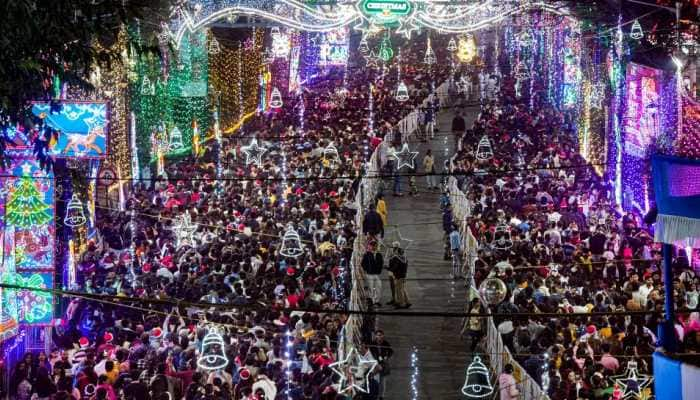Perseid meteor shower peaks Thursday, Friday: Here's where, when, how to watch!
This year, Earth may be in for a closer encounter than usual with the comet trails that result in meteor shower, setting the stage for a spectacular cosmic display of shooting stars.
Trending Photos
)
New Delhi: Stargazers are in for a treat this week as a powerful meteor shower lights up the night sky, creating a dazzling cosmic display across the Northern Hemisphere.
And this year, Earth may be in for a closer encounter than usual with the comet trails that result in meteor shower, setting the stage for a spectacular cosmic display of shooting stars.
The Perseids show up every year in August when Earth ventures through trails of debris left behind by an ancient comet.
Every Perseid meteor is a tiny piece of the comet Swift-Tuttle, which orbits the sun every 133 years. Each swing through the inner solar system can leave trillions of small particles in its wake, says NASA.
When
The annual Perseid meteor shower peaks on the night of August 11 and 12, with astronomers predicting a spectacular shower of about 200 meteors per hour during the time of maximum activity.
Normally, a Perseid meteor shower has 80 to 100 meteor showers per hour, which means the rates are going to be doubled this year.
Viewing tips
The best time to view the Perseids is between midnight and dawn. In most years, the hours before dawn are the very best for watching the Perseids.
To watch the meteor shower, find a spot which is out of the city and away from dazzling lights. Give your eyes about 45 minutes to adjust to the dark. You don't have to use optical devices such as binoculars or telescopes as the showers will be visible to the naked eye once it adapts to darkness.
In case the showers are not visible due to bad weather or you can't get out of the city, and still want to see the shooting stars, you can watch it live online.
Happy gazing!
Stay informed on all the latest news, real-time breaking news updates, and follow all the important headlines in india news and world News on Zee News.
Live Tv







)
)
)
)
)
)
)
)
)
)
